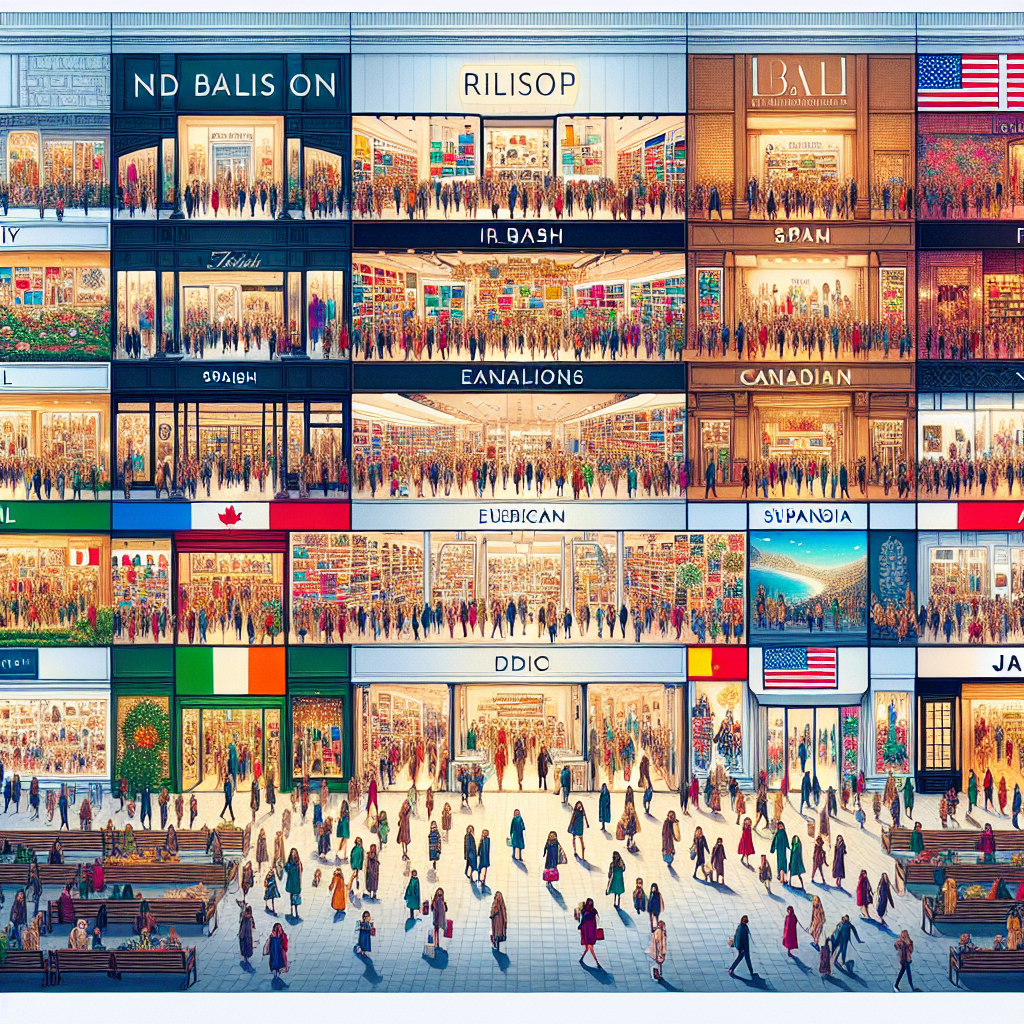In the United States, more and more malls and shopping centers are being influenced by international brands. Retailers including Primark from Ireland, Mango from Spain, Aritzia from Canada, and Uniqlo from Japan are opening new stores across the U.S., venturing into previously untapped regions such as New York City or coastal cities like Los Angeles.
According to a report from CNBC, Monique Pollard, an analyst at Citibank, pointed out that international retailers are attracted to the U.S. because of the diversified clothing retail market, resilient consumer market, and the ease with which new brands can enter the U.S. market through social media, even with smaller store sizes.
The latest data provided by market research company GlobalData shows that from 2018 to 2023, nearly 19,000 new stores opened in the U.S., with around 28% owned by foreign retailers.
Over the past few years, retailers based in Europe or other parts of the world have announced ambitious expansion plans in the U.S.
Primark, an Irish retailer, currently operates 29 stores in the U.S. and has signed leases to open an additional 16 stores.
Since opening its first store in Dublin in 1969, the retailer known as Penneys in Ireland has become a well-known brand in Ireland, the UK, and other parts of Europe. Kevin Tulip, President of Primark USA, stated that the U.S. market has become a crucial area for the company as it reaches a “mature point” in some European countries.
“The U.S. is the largest consumer market,” he said. “So doing well here is significant. But you really need to get it right.”
Primark is not the only company with lofty ambitions for the U.S.
Mango, headquartered in Barcelona, announced a $70 million expansion plan last fall, including plans to open 42 new stores in the U.S. by 2024, open 20 more stores this year, and establish a new logistics center in the outskirts of Los Angeles.
Uniqlo’s parent company, Fast Retailing, has been expanding in the U.S. market and has committed to opening 200 stores in North America by 2027.
Additionally, with social media influencers such as those on Instagram and consumers’ own travel logs influencing people’s fashion choices, trends are spreading globally at a faster pace. John Mercer, Global Head of Research at Coresight Research, mentioned that this makes it easier for new brands to penetrate unfamiliar territories.
“The differences that need to be addressed between markets are becoming fewer and fewer,” he added, noting that foreign brands now have “more opportunities than in previous years or decades.”
Even brands with small physical stores can gain attention in the U.S. through social media. A retail survey from consulting group Forrester showed that around 63% of consumers under 25 and 57% of consumers aged 25-34 discover products or brands on social media at least once a week.
The shrinking of department stores and the bankruptcy of retail shops have allowed foreign retailers to capture market share and fill vacancies in some malls. Macy’s is closing approximately 150 of its namesake stores in the U.S. Many specialized baby product stores have closed due to bankruptcy, including Buy Buy Baby and Babies R Us under Bed Bath & Beyond.
Tulip from Primark noted that children’s clothing has been one of the company’s strengths in the U.S., with increasing demand and reduced competition. Some of its stores have taken over spaces previously occupied by closed stores of retailers like J.C. Penney, or other defunct retailers like Bed Bath & Beyond.
However, Mango, Aritzia, Uniqlo, and Zara are still in the early stages of growth in the U.S., with store counts in the country still below 100. This means that, at least for now, their U.S. operations represent only a small portion of their global business and the U.S. clothing market.

